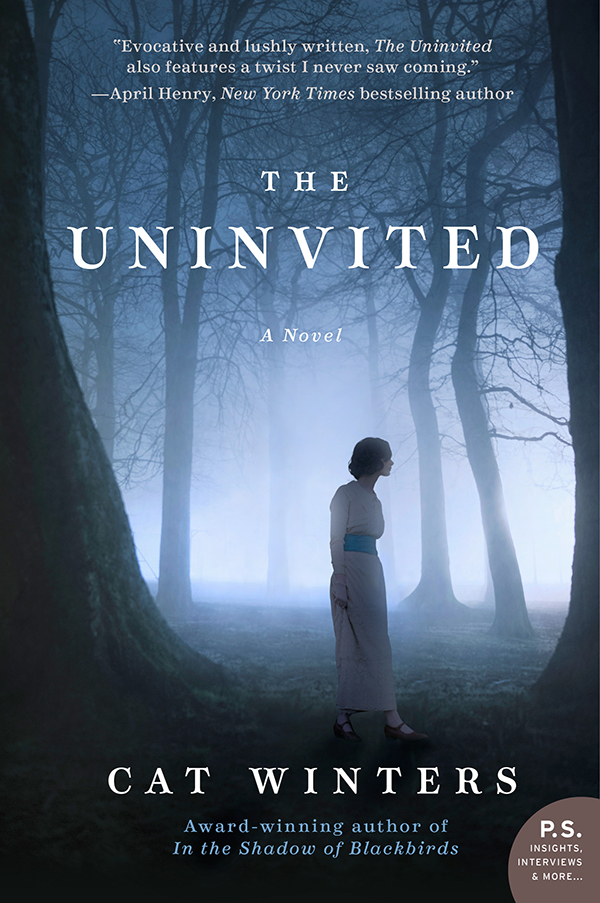Worldbuilding isn’t just for science fiction and fantasy authors. Every author in every genre – even realistic, contemporary fiction – needs to be aware of effective worldbuilding in order to transport readers deep into the lives of their characters.
As a writer of historical fiction, I diligently work to recreate the past, from the architecture and the food, to the smallest clothing accessories. I like to think of my books as literary time machines, and I strive to convince readers I was actually there.
Here are five key tools I use to construct my worlds:
1. Avoid the “white wall” effect.
No matter what type of genre you write in, you don’t want your characters interacting in spaces that lack personality. When I first seriously considered writing as a career, this concept was explained to me as avoiding the “white wall” effect. In other words, paint your settings with vibrant imagery so readers won’t picture your characters surrounded by plain white walls. You don’t need to bombard people with details (more on this in Tip #3), but do help readers to envision the space. A helpful exercise: Write a paragraph describing your childhood bedroom, remembering as many items as you can, including colors, toys, your bedspread, the carpet, the curtains, etc. This is the type of awareness you should have about your characters’ settings.
2. Utilize sensory details on every single page.
You’re probably already writing about the things characters are seeing around them, but it’s so important to also show us what they’re smelling, hearing, touching, and tasting. And show us often. Even if you’re writing about a planet light years away, your readers won’t be able to travel along with you unless you make the world as evocative as possible. Sensory details immediately connect readers to your characters’ experiences and infuse your world with life. Take a look at two pages of your work-in-progress. Circle all of your non-visual sensory details in red ink. If you’re seeing very little red, make a conscious effort to bring in more sensory language.
3. Build the world through the characters’ actions.
Readers will lose interest if you’re explaining the setting to them without your characters actually doing anything within that space. If you want to show an ornate table inside your villain’s mansion, have your protagonist sit at that table and accidentally bump her knee on the hand-carved leg as she’s scooting in her chair. If you’re writing about winged elfin creatures in an enchanted woods, let the characters breathe the sweet scent of forest greens as they’re swooping past leaves that tickle their arms. In other words, as much as you can, make the descriptions a part of your characters’ experiences and movements.
4. Build the world through your characters’ reactions.
If we feel a character’s emotional response to a setting, her world will become far more realistic, no matter how fantastical it might actually be. Visit a place that evokes an emotional reaction in you. Write a few paragraphs about how you feel visiting that location, including your physical responses (goosebumps, tears, relaxed shoulders, etc.). That’s the type of connection you need to create between your characters and their environment.
5. Make use of specific details.
When you reach the revision stages, look for the spots in your manuscript that seem a little bland – the places where generic details are threatening to keep your world from turning into a full-color work of art. For example, when your character reads a book, show us precisely what book it is. When he puts on his coat, tell us about the material he’s wearing or the style of buttons he’s fastening up to warm his chest. You’re giving readers info about your world’s weather and available resources, as well as a character’s social status and needs, all by letting us know basic details about his jacket. The bottom line: when you can replace a generic word with a specific detail, by all means do so.
Stretch your imagination to its farthest limits, while at the same time anchoring your world in relatable qualities, and readers will swear they’ve been catapulted into the lives of your characters. Go forth, world builders! Create!
 Cat Winters is the author of award-winning young adult fiction, including In the Shadow of Blackbirds, a Morris Award Finalist and a School Library Journal Best Book of 2013, and The Cure for Dreaming, a VOYA 2014 Best Science Fiction, Fantasy, Horror pick. Her debut adult novel, The Uninvited, releases from William Morrow on August 11, 2015. She lives in Portland with her husband and two kids. Visit her online at www.catwinters.com, or follow her at Twitter: @catwinters.
Cat Winters is the author of award-winning young adult fiction, including In the Shadow of Blackbirds, a Morris Award Finalist and a School Library Journal Best Book of 2013, and The Cure for Dreaming, a VOYA 2014 Best Science Fiction, Fantasy, Horror pick. Her debut adult novel, The Uninvited, releases from William Morrow on August 11, 2015. She lives in Portland with her husband and two kids. Visit her online at www.catwinters.com, or follow her at Twitter: @catwinters.
[signoff predefined=”Editing Services” icon=”pencil”][/signoff]

